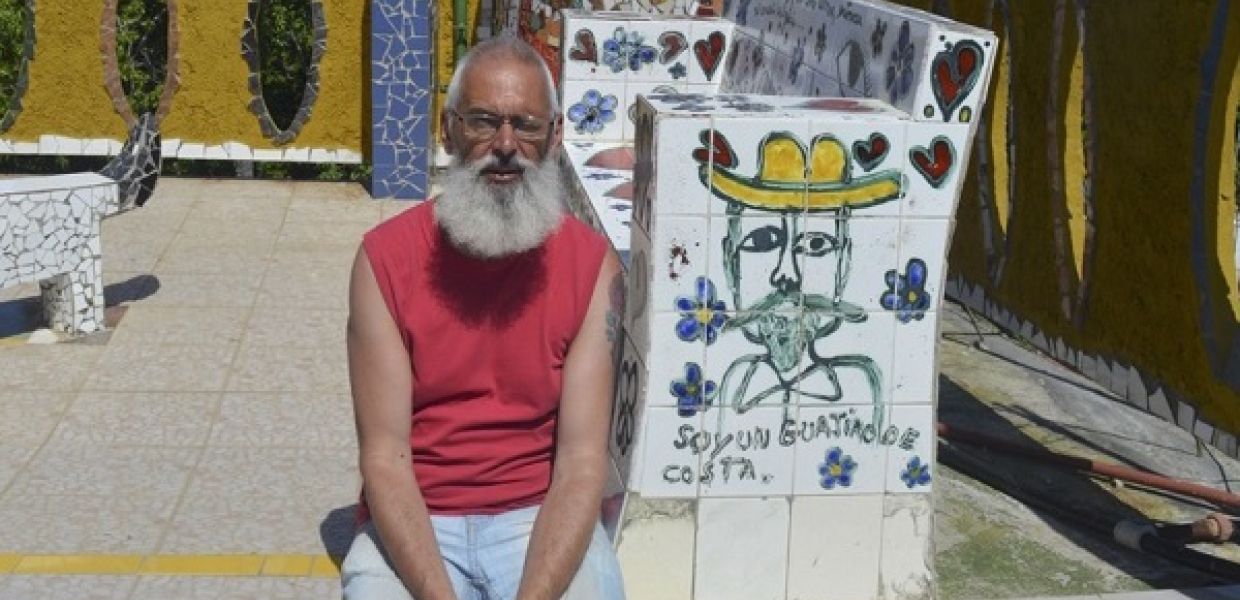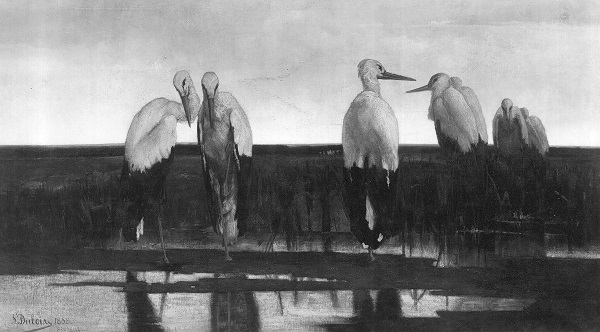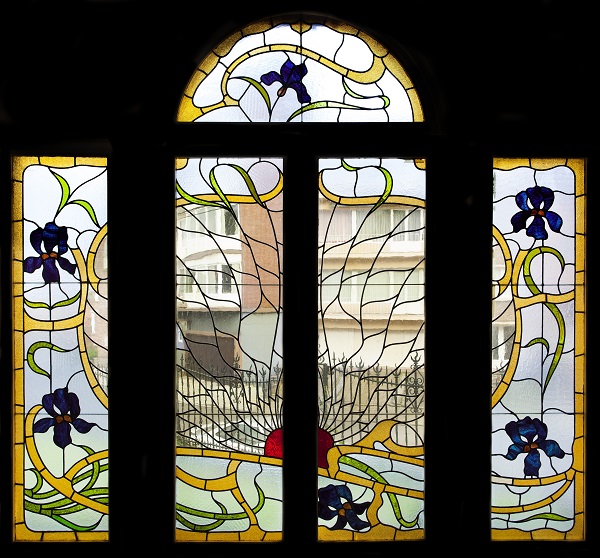Meet the Members Council: Erik Buelinckx

In 1981, I got a Master’s degree in art history. But for different reasons, including the economic crisis, I had to look into other fields to find a job.I started computer lessons, was unemployed from time to time, worked in museums as a guide, in computer bookshops and repair shops, and became a self-employed desktop publisher.
From a non-career to a dream job
I had the typical non-career of someone in between a hippy and a punk. Instead of buying a Harley Davidson during my mid-life crisis, I started studying again at the end of the nineties, this time Library and Information Sciences. I contacted the Royal Institute for Cultural Heritage (KIK-IRPA) regarding the use of high resolution images for research and commercial applications as I was writing a paper on a project for which they were a partner. These images would be sent to scientific and commercial users over ISDN-lines. The project did not have a follow-up, but made me discover the use of computer and internet technologies in the field of art. When they later had a job opening, I managed to get my foot in the door. And, because they were in need for people with knowledge of informatics, I also became responsible for the IT department. A couple of years later, I was officially appointed as an art historian, mainly responsible for anything linked to databases, digitisation and national and international projects in these domains. Being able to work in a prestigious institution where I could combine my interests in art, books and computers felt like a dream come true.

Les cigognes (The storks), Louis Dubois, 1858 [© KIK-IRPA, Brussels (Belgium), cliché B203357]
The early days of Europeana
From 2003 on, I was involved in digitisation projects on institutional and Belgian levels. When the first discussions started about a common platform for European cultural heritage, I was immediately interested. I witnessed Europeana’s evolution from the beginning. But, due to some practical restraints, I could initially only contribute as a non-affiliated partner, and later as a budgeted partner institution to some affiliated projects like Athena, Partage Plus and AthenaPlus. Today, the Royal Institute for Cultural Heritage has 143,371 items in Europeana, but an update is needed, which will enable us to significantly increase the number of items contributed. This isn’t bad for a small institution with limited resources and IT!
As a federal scientific institution, KIK-IRPA combines laboratories, restoration/conservation workshops, an extensive photographic archive (over 1,000,000 analog and digital-born negatives), and a documentation centre. Even before Europeana, we made our collection of images available online, with limited resolution. But recent developments have convinced us to give access to most of the digitally available mid to high resolution images in our photographic collection for personal use. Today, up to 700,000 images are downloadable in mid to high resolution at http://balat.kikirpa.be. (The acronym, BALaT, standing for Belgian Art Links and Tools, also refers to the Belgian architect Alphonse Balat (1818-1895).)

A lifetime’s project
To me, one of Europeana’s most interesting projects was Partage Plus, because it combined technological aspects (including 3D), with content coming from a period I really love and study for my own (lifetime’s) project: art nouveau. For many years, I have been working on a PhD thesis on anarchist influences in Belgian art from 1850 to 1940. The art nouveau period is an important chapter in this thesis, mainly because of Henry van de Velde’s interest in anarchism.
Once more I would like to thank everybody for giving me the opportunity to be part of this European adventure.
